♦ Session is approved for CME, CNE, and ACHE-Q credits
♦♦ Session is approved for CNE and ACHE-Q credits
Click here for the list of sessions approved for CE credits, along with the types and number of credits.
Reducing Decision Fatigue: A Systematic Approach to Staffing Model Improvements
Presented by:

Melanie Foltz, Director of Fetal Health Center
Children’s Mercy’s Fetal Health Center is an obstetric delivery program designed to address critical needs of high-risk newborns. This Labor and Delivery service quickly grew to include Antepartum Care, Fetal Surgery, Maternal Transport, and multiple outpatient clinics. This rapid growth contributed to a decrease in staffing reliability, employee dissatisfaction with scheduling practices, and an increase in overtime expenses. Our team engaged in a weeklong Rapid Process Improvement Workshop to identify inefficiencies and solve problems related to staffing reliability. Goals were set to increase reliability, reduce fatigue, and standardize processes. Initial phases included a systematic review of data around staffing practices. Teams organized and categorized operational tasks, then discussed creative solutions around how to complete these tasks utilizing the current staff available. The review of data uncovered inconsistencies and disorganization, yet guided staff toward recognition of necessary change in practice. Results of this review guided the team toward purposeful problem solving. Team members participated in creation of a new scheduling policy, acuity-based staffing algorithms for decision-making, shared resource capabilities, and scheduling automation. Outcomes of this work are an increase in employee autonomy, reliability, accountability, and satisfaction, a decrease in expenses, and decrease in decision fatigue related to a vacillating environment.
Nurse Leader Panel Breakout Session
Presented by:



Jodi Coombs, Executive Vice President, Chief Operating Officer, Children's Mercy Kansas City
Stephanie Guareño, Sr. Nurse Process Improvement Manager, Mt. Sinai Health System
Shanna Hall, Vice President of Nursing, Torrance Memorial Medical Center
Jeremiah Hargrave, Director of Quality and Organizational Improvemen, Torrance Memorial Medical Center
Nursing is the nation’s largest healthcare profession, so it only makes sense they are an integral part of an organizational excellence strategy. In this breakout session you’ll be able to connect more closely with the panel members (nursing and performance improvement leaders) to learn more about how they work together to obtain great results, and how they’ve overcome challenges.
Organizational Alignment: Setting Goals and Managing What Matters Most Using an OKR Framework
Presented by:

Sarah Sydlowski, Audiology Director, Hearing Implant Program and Associate Chief Improvement Officer
Melissa Vandergriff, Director of Continuous Improvement, Cleveland Clinic Main Campus
The Objective and Key Results (OKR) framework for setting and achieving goals in organizations is well-understood in concept. But in practical application, teams can struggle to create ambitious, actionable OKRs that are effectively cascaded across the organization and ultimately lead to desired outcomes. Often leaders believe ‘cascading’ means ‘replicating’, but this approach sacrifices the ability of the team to feel in control of their own destiny and may result in disengagement from teams that are essential to the organization’s success. Fostering alignment at every level of the organization requires a deep appreciation of the purpose of OKRs, the key components that must be standardized and communicated, and the necessity of creating capability across team members.
This interactive session will focus on the application of principles related to OKR identification, development, and transparent communication with an emphasis on how to (1) effectively select goals that matter to the organization, (2) write objectives and key results that can be actively tracked and measured to drive improvement, and (3) communicate priorities to multiple levels in an organization such that work is complementary but not redundant. The session will incorporate polling and hands-on activities to reinforce didactic concepts.
If These Walls Could Talk
Presented by:
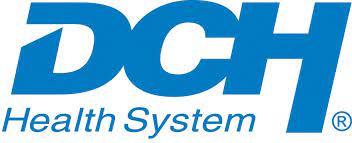
Kristen Wayne, Director of Operational Excellence
What do the cockpit of a plane, the helm of a ship, and the human brain have in common? They are places where decisions are made, courses are mapped, and problems are navigated. In the same way, an “obeya” room (Wikipedia says from Japanese 大部屋 "large room" or "war room"), is a physical room where visual data and information is readily available to facilitate discussion, problem-solving, and fact-based decision making. Obeya rooms help improve alignment, transparency, communication, and resource allocation in strategic planning and deployment. This presentation will provide lessons learned from one hospital’s journey so far in building and developing a strategic obeya room in context of an ever-evolving strategic planning process.
Using Rapid-Cycle Learning System to Tackle Turnover
Presented by:
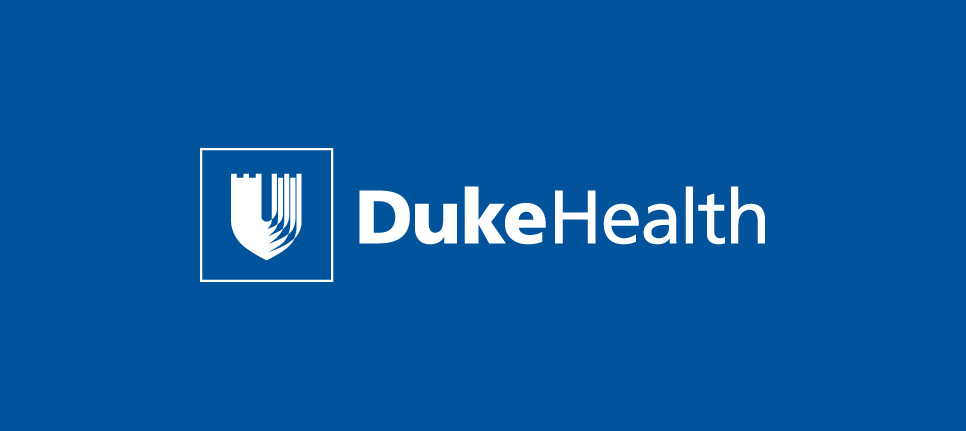
Janet Burgess, Director, Home Health Program
Cooper Linton, Associate Vice President, Duke HomeCare, Duke Hospice, and Duke Home Infusion
Duke Home Health (DHH) faced a crisis of nursing turnover, even before COVID. Powered by Duke Health’s system-wide quest for zero harm, DHH leaders used this philosophy and accompanying principles to identify root causes, then build rapid-cycle learning into improvement and management systems. Investigation revealed poor staff engagement and excessive work-process burdens, leading to significant negative patient impact, referring-customer dissatisfaction, and financial harms. To resolve these problems, DHH’s rapid-cycle learning system, rooted in the principle of respect, involved:
• Understanding of current condition
• Leadership behavior changes to quickly respond to staff needs, remove barriers and coach problem-solving
• Tiered-huddle management system to elicit and escalate problems, especially safety problems, and vitally, ensure psychological safety so frontline staff and managers raise issues
• The willingness to shed traditional leadership methods, to experiment, iterate and be perpetual learners. So far, RN turnover is reduced by more than 50%.
This session will provide practical tips on how to design systems that produce:
• Responsive, supportive, effective leaders
• Empowered, engaged safe employees
• Better patient and financial outcomes.
Presenters will share the visual management system, deep-dive into the importance of fearless, relentless pursuit of true root causes, and the leadership behaviors and guiding organizational priorities which sustain the improvements.
Population Health Backwards
Presented by:

Marilu Blintz, MD, Chief Population Health Officer, Chief Medical Officer, Gundersen Health System Critical Access Hospitals and Associated Clinics,
Medical Vice President of Quality and Safety, Gundersen Health System.
Population Health Management is critical as we evolve our care delivery models to integrate care across the delivery system and address chronic and complex care issues to improve the health of populations of patients while delivering value-based care. Within our Population Health Office, we did not start with population health management like most organizations. We started first with the communities so we could understand what the paradigm should look like outside our walls and then turned inward. The health of our community is rooted within our vision and mission. By starting with our communities, we have been able to understand and begin to address those factors that contribute to our patients’ and communities’ health that are not within our walls. After learning about our journey, you might conclude that Gundersen Health System has approached population health backwards. However, this approach has enabled us to advance our strategy and community impact forward.
The community partnerships we will share include Homelessness, Opioid epidemic, Adverse Childhood Experiences/Toxic Stress, Chronic Disease and Social Determinants of Health. We will discuss the tools used for leveraging these partnerships. Identify how our system leveraged a different approach to connecting with our community and developing opportunities that have addressed some of our most challenging social and behavioral barriers for our patients. Attendees will be informed of our challenges and successes in a way that they can learn and apply what makes sense for their system in addressing these same needs.
Daily Tiered Huddles - Improving Efficency and Trust
Presented by:
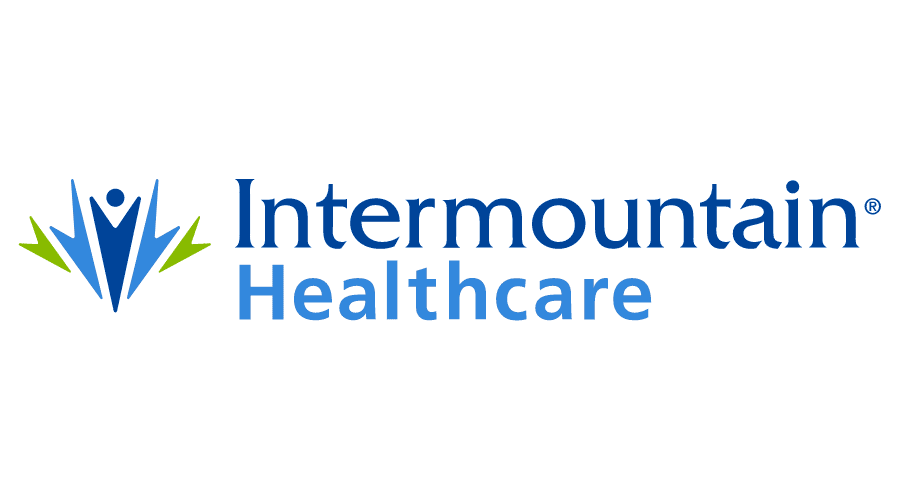
Scott Saxton, Assistant Vice President - Continuous Improvement
The presentation and open discussion will consist of a leader’s role to implement effective management systems. What are the daily needs and challenges of the organization. When implemented correctly, results will be an improved culture of trust and engagement for employees and performance measures.
Discussion points:
- What is the role of a leader
- How do leaders engage to support the daily needs of the operation
- Implementing visual escalation system
- Accountability and follow-up
- Building trust
- Sustainability
Driving High Adherence to Evidence Based Care Standards
Presented by:

Robert Blackburn, Assistant Vice President - Continuous Improvement
Raj Srivastava, Senior Medical Executive Director of Intermountain’s Healthcare Delivery Institute
Doug Wolfe, Implementation Director - Intermountain Healthcare Delivery Institute
Adherence to evidence-based clinical practice (EBP) is linked to better care quality and improved health care outcomes. Despite this link, consistent application of EBP in patient care remains a challenge for health care providers. Recent studies highlight limited application of generally accepted evidence-based clinical practices as well as limited application of more recent discoveries and recommendations. Reasons for the slow response point to a combination of factors often involving the clinician, the environment in which the clinician practices, the implementation approach, and the strength of the evidence that defines the EBP, as well as the intervention protocol designed to improve the use of EBP through the creation of guidelines.
Advancing adherence to evidence-based clinical care is an important key component of a learning in health system and critical to the quality and safety of the care that is offered to patients by the caregivers and the health care system. Despite this, effective and practical solutions that lead to increased adherence have remained elusive. We will describe our work to date, our model, and results. While Intermountain is early in the phases on implementation, the results are promising. There is promise in the idea and discipline that focusing on the work delivered by the clinical team and leveraging implementation science, along with the skills and talents of cross-functional teams.
Drawing Lines: Strategy Deployment Using OpEx at MaineHealth
Presented by:
![]()
Joyce Doyle, Performance Improvement Specialist
MaineHealth, the state’s largest healthcare organization with 13 member sites, has been active with Operational Excellence since 2013. Across the system, teams have tracked KPIs and identified process improvements in combination with leadership Gemba walks and daily huddles. As care team members mature in their improvement knowledge, they are better prepared to focus their improvement efforts beyond their teams and toward reaching organizational goals. Hear a Strategy Deployment case study at MaineHealth member Western Maine Health – our successes and lessons learned – and learn how MaineHealth OpEx is approaching Strategy Deployment using leading process metrics, visual management at the team and organizational level, team and organizational huddles, and embedding improvement tools in daily work. Take home ideas and tools you can incorporate into your daily improvement work, including elements from the MaineHealth Compass Guide, AIP Driver Diagrams, Improvement huddle boards and Department Scorecards, so that cross-functional teams work together toward the organization’s True North.
Improving Employee Experience Through Creating Capacity
Presented by:

Bonnie Baker, Vice President, Martin’s Point Management System
Cameron Shuck, Director
The healthcare industry is experiencing severe staffing shortages placing overburden on existing staff. In our employee experience surveys, staff cited feeling burnt out and overwhelmed. As a response, to create capacity and improve experience, the organization embarked on a mission to find time savings and eliminate waste from daily processes to provide some relief to staff. Organizationally, over 2 years, over 150,000 hours were saved from improvements.
Rounding the B.A.S.E.S. at Michigan Medicine
Presented by:
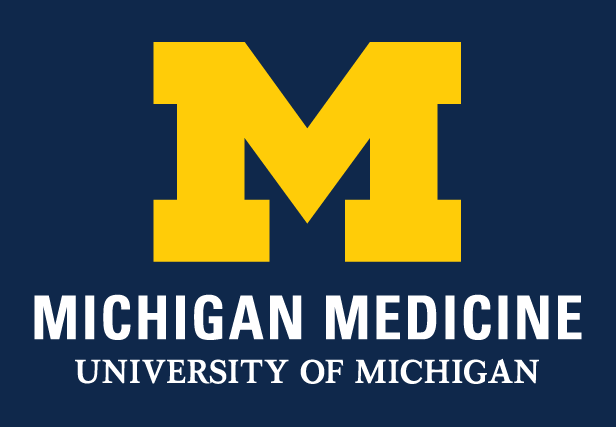
Kevin DeHority, Coach and Manager, Performance Improvement Division
Rounding the B.A.S.E.S. Plan:
Time Management:
70% of the barriers to consistent rounding listed on a recent current state survey connected to time management. In response, our team created a process for leaders to free up time on their calendar for rounding instead of placing the expectation on top of an already over-stretched schedule.
Training:
We knew that just because leaders were rounding with their teams didn’t necessarily mean that they weren’t making things worse by micro-managing or telling people what to do. We connected focused training sessions that allowed leaders to reflect on what makes for effective and meaningful connections.
Tools:
We developed instructional rounding cards utilizing a Think, Say, Do format that provided just enough content to allow the rounding to be purposeful, but not become a script. We partnered with institutional thought leaders across our identified strategic priorities (Belonging & Inclusion, Access, Safety & Quality, Experience, and Strategic Growth & Investment, hence Rounding the BASES). We also know that leaders cannot round on everything all at once and this process has allowed leaders to schedule their rounding in 20-30 minute manageable increments ensuring they are checking in on all of the important strategic priorities each week.
Learnings From a Model Cell Experiment
Presented by:

Julie Williams, Operational Innovation Specialist
Continuous improvement journey with one of Nebraska Methodist's acute care and behavioral health facilities - 75 beds. Began in 2021 with three main areas of focus: Executive Leadership, Quality team in partnership with continuous improvement team, and one model cell experiment stood up in the ED. Coach executives for strategy deployment, set up visual management system, Gemba visits, leader rounding and tiered huddle. With the Quality team at this facility, partnering with them to coach teams for sustainment of newly learned behaviors and tools now in place.
Set up a model cell experiment: including a lean management system and tools to help sustain new behaviors.
Celebrate successes! An assessment tool created that shares expectations at the start of the journey, assesses progress, and allows Quality team to continue to support this model cell and future ones. Lastly, have begun a leadership training program to provide the foundation of Shingo principles, teach tools such as personal A3, Leader Standard Work, reflection, use of status sheets and key behaviors to future leaders of model cell areas. These leaders will be able to assist with a "trainer role" for their staff.
Thinking Systemically by Acting Locally
Presented by:

Sherri Luchs, Senior Consultant, Operational Excellence
Steve Speece, Vice President, Penn State Health Medical Group, Academic Practice Division
In the absence of an edict from executive leaders to deploy a lean management system, Penn State Health Hershey Medical Center senior leaders have designed a different LMS approach. The LMS framework focus is to develop expert problem solvers at the front line by engaging directly with frontline and middle managers, along with their VPs to launch a lean management system. The shift has been from mass staff huddle rollouts to vertical model cells within a ready and willing vice-president’s span of control.
This approach has been less prescriptive and more iterative—with leadership feedback guiding changes. Classroom time has been reduced in favor of time spent with leaders in their environment. The focus shifted to leadership coaching. The requisite work is still done to establish tiered huddles in a VP’s span of control. The coaches work behind the scenes together to calibrate coaching techniques and share learning. The managers, directors, and VPs can experiment, synthesize, and develop new leadership behaviors supported by the coaching relationship.
Our Academic Practice Division Vice President, Steve Speece will share his story of developing new ways of thinking about and executing his leadership role—specifically how coaching and being coached has impacted his journey.
Don't Stop Believing- Connecting to Purpose Drives Behavior
Presented by:
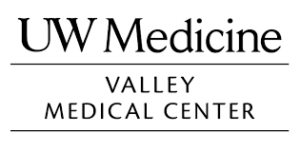
Kim Herner, Chief Quality Officer
Jamie Stilwill, Process Improvement Manager & Consultant Senior
Purpose doesn’t drive behavior, believing in a purpose drives behavior. Discover how Valley Medical Center’s Safety and Quality leadership team worked together to connect their daily actions to a uniform purpose. Do you work in silos? Do you wonder how the changes you make impact your upstream and downstream partners? Are you curious to know how all the pieces fit together? Hear how this same team - Created and aligned on a common purpose statement. - Stayed committed to improving their behaviors by using the improvement kata framework. - Gained situational awareness and remained connected by creating biweekly huddles. - Provided role clarity and identified where there was waste by completing a clarity, focus, discipline, and engagement calendar exercise. - Built habits and created a constant focus on process and purpose by using leader standard work.
Back to Top
Lean Management IS Your [Quality/Process Improvement/Safety/Risk Management] Program
Presented by:

Lee Erickson, Chief Quality Officer
Organizations struggle with initiative overload and a lack of role clarity between Quality, Safety, and Risk Management staff. Implementing a Daily Management System can eliminate the need for separate quality improvement and patient safety programs, lightening the load for everyone. Learn how tiered huddle systems with aligned goals, standard work for RCAs and improvement projects, and sound design principles bring everyone together with a new constancy of purpose and higher situational awareness. Create synergy between Quality, Safety, and Risk, lighten everyone’s workload, and move your organization closer to high reliability.
Back to Top
Executive Led Transformation Toward Zero Harm
Presented by:

Carrie Willetts, Senior Vice President, WellSpan Health and Market President, East Region
Michael Seim, Senior Vice President, WellSpan Health and Chief Quality Officer
Concerns of addressing the same safety problems numerous times across a five county, eight hospital integrated delivery network, WellSpan Health deployed a single lean management system. To align 20,000 team members to a safety-first culture, WellSpan used a scientific approach to problem solving and System to Share for spreading solutions to all team members quickly. While the concepts of Lean Management were not new, approaches to the work varied and deployment was inconsistent. Executive led culture transformation toward zero harm was the differentiator in WellSpan’s management system. Additional enhancements and standard training allowed the organization to make improvements directly where the work is done and to quickly spread information for shared knowledge. Real Time Problem Solving (RTPS), a safety escalation process, empowers team members to take ownership of solving issues, to engage in changing their own work to lead to the success of their department and spread learning through the health system. Daily Engagement is where all parts of the lean management system connect. Team members collaborate to solve problems, plan for the day and test new ideas. Within six months of implementation, every WellSpan division performed at or above benchmark in safety culture for six of seven categories.
